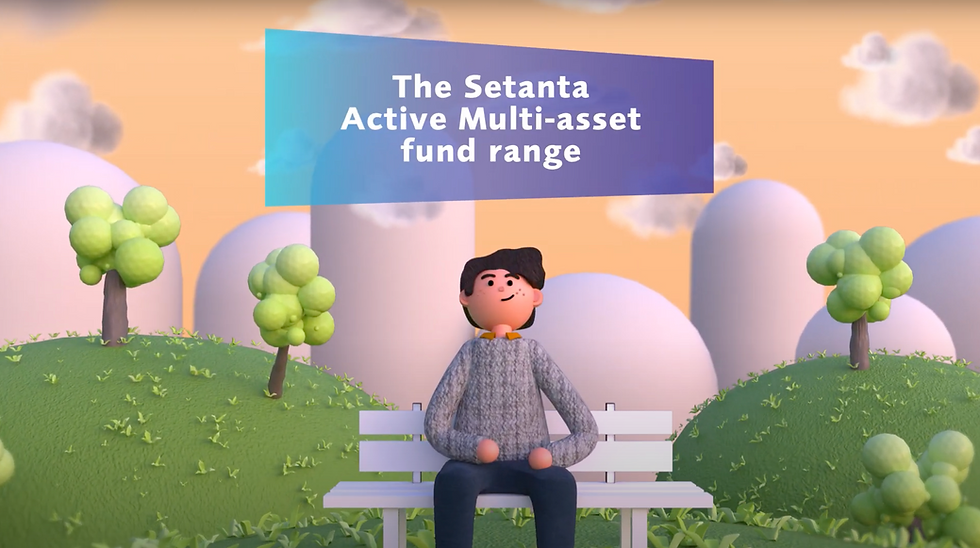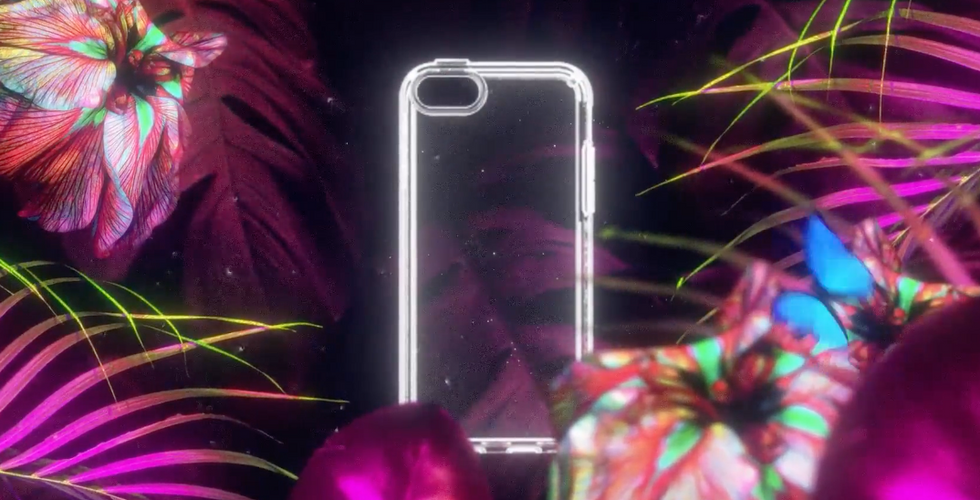The Science of Visual Thinking: Why Animation is So Effective
- Glasseye

- Feb 13
- 3 min read
Updated: Sep 12
If you’ve ever struggled to explain a complex idea or capture someone’s attention in a noisy digital world, you’re not alone. Video animation has become one of the best ways to cut through the clutter, making it easier to tell stories, share ideas, and engage people in ways that static content simply can’t.
At Glasseye, we’ve spent years experimenting with animation and XR (Extended Reality), and we’ve seen first hand how these tools can transform communication.
Whether you’re working in marketing, education, or even museum exhibitions, animation has a way of making messages stick.

Why Animation Works So Well
1. It Makes Complex Ideas Easy to Understand
Ever tried explaining a technical concept, only to be met with blank stares? Animation can simplify the most intricate topics, turning them into visual stories that people can actually follow.
2. People Actually Pay Attention
Let’s be honest—most of us scroll past blocks of text without reading them. But a well-crafted animated video? That’s a different story. Studies show that people are more likely to watch and remember content that’s visually engaging. And if you’re sharing content on social media, video consistently outperforms images and text posts.
In fact, social media videos get 48% more views than static content.
3. It’s a Creative Playground
Unlike live-action videos, animation isn’t limited by physical constraints like locations, actors, or set designs. It allows for the seamless integration of data visualisation, motion graphics, and abstract concepts, making it an ideal tool for industries that rely on information-heavy communication. Whether it's an animated infographic explaining market trends or motion graphics illustrating a scientific concept, graphical animation ensures clarity and engagement in a way that static visuals or plain text cannot. This is why fields such as science, finance, education, and corporate training increasingly rely on animation to simplify and enhance their messaging.
4. It’s Cost-Effective and Adaptable
Producing live-action video can be expensive—think about hiring a crew, scouting locations, and dealing with post-production. Animation, on the other hand, is far more flexible. Once a video is created, it’s easy to update if information changes, making it a great long-term investment.
5. It Transcends Language Barriers
Because animation relies so heavily on visual storytelling, it can communicate across cultures without needing extensive translation. This makes it an excellent tool for companies working with global audiences or organisations that want to make their content more accessible.
Where Animation and XR Come Together
If you’re into XR (Extended Reality)—which includes AR (Augmented Reality) and VR (Virtual Reality)—animation plays a crucial role in making these experiences more immersive. From interactive museum exhibits to virtual product demonstrations, animation enhances XR in ways that feel intuitive and engaging. For example, a museum using XR can incorporate animation to bring historical events to life, allowing visitors to watch a moment in history unfold right before their eyes.
Who’s Using Video Animation?
Here are just a few industries that have embraced animation as a key part of their communication strategy:
Education & E-Learning – Making complex subjects engaging and easier to digest. Healthcare – Explaining medical procedures in ways that are clear and approachable. Technology & Software – Helping users understand new products and services.
Marketing & Advertising – Grabbing attention and increasing brand awareness.
Museums & Exhibitions – Creating interactive and immersive storytelling experiences.
Final Thoughts
At the end of the day, video animation isn’t just a trend—it’s one of the most effective ways to communicate in today’s digital world. Whether you’re looking to simplify an idea, tell a story, or just make something visually stunning, animation offers endless possibilities.
Some of our animation examples
Contact us today to explore how video animation can transform your communication strategy. enquiries@glasseye.ie




